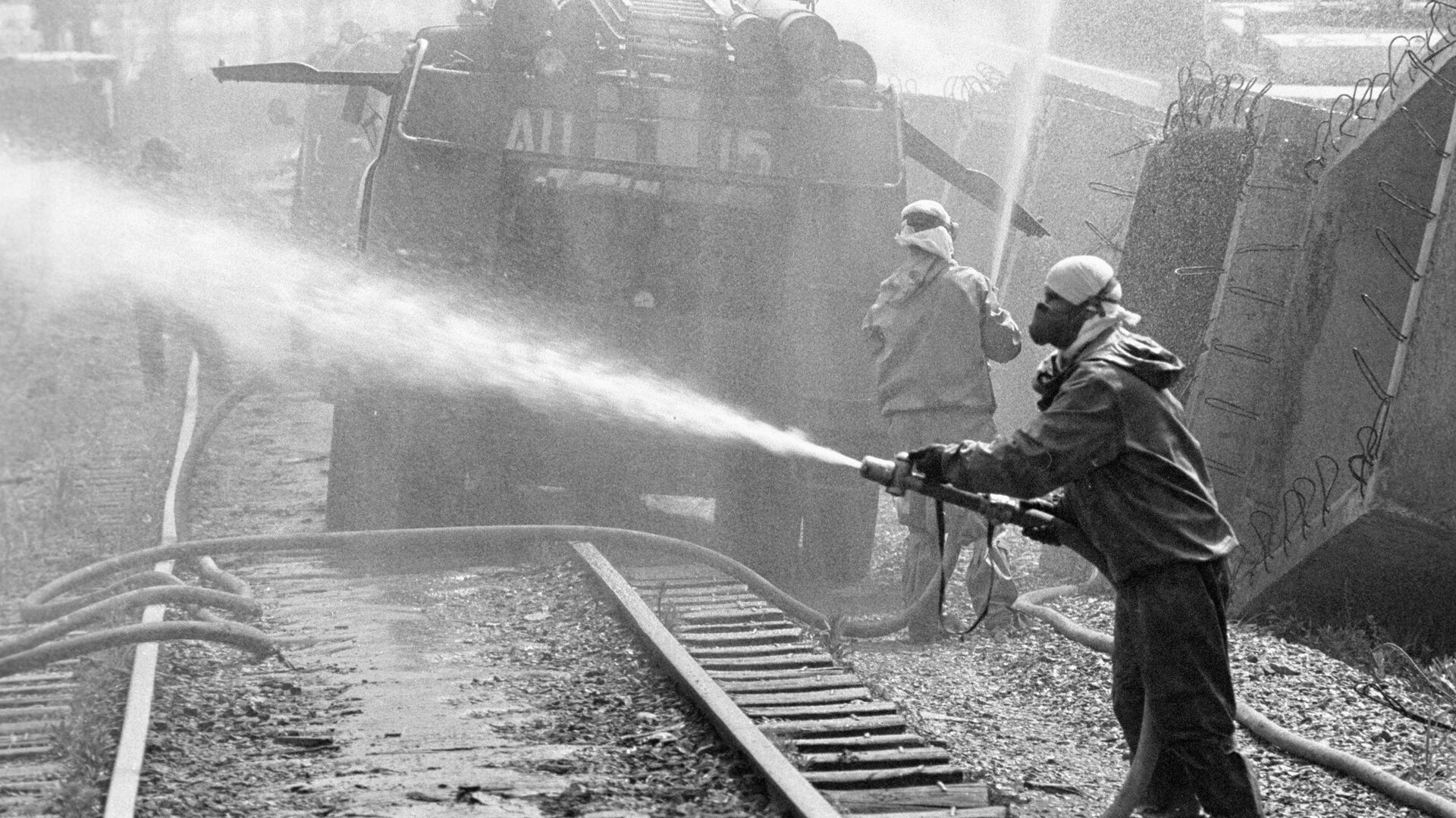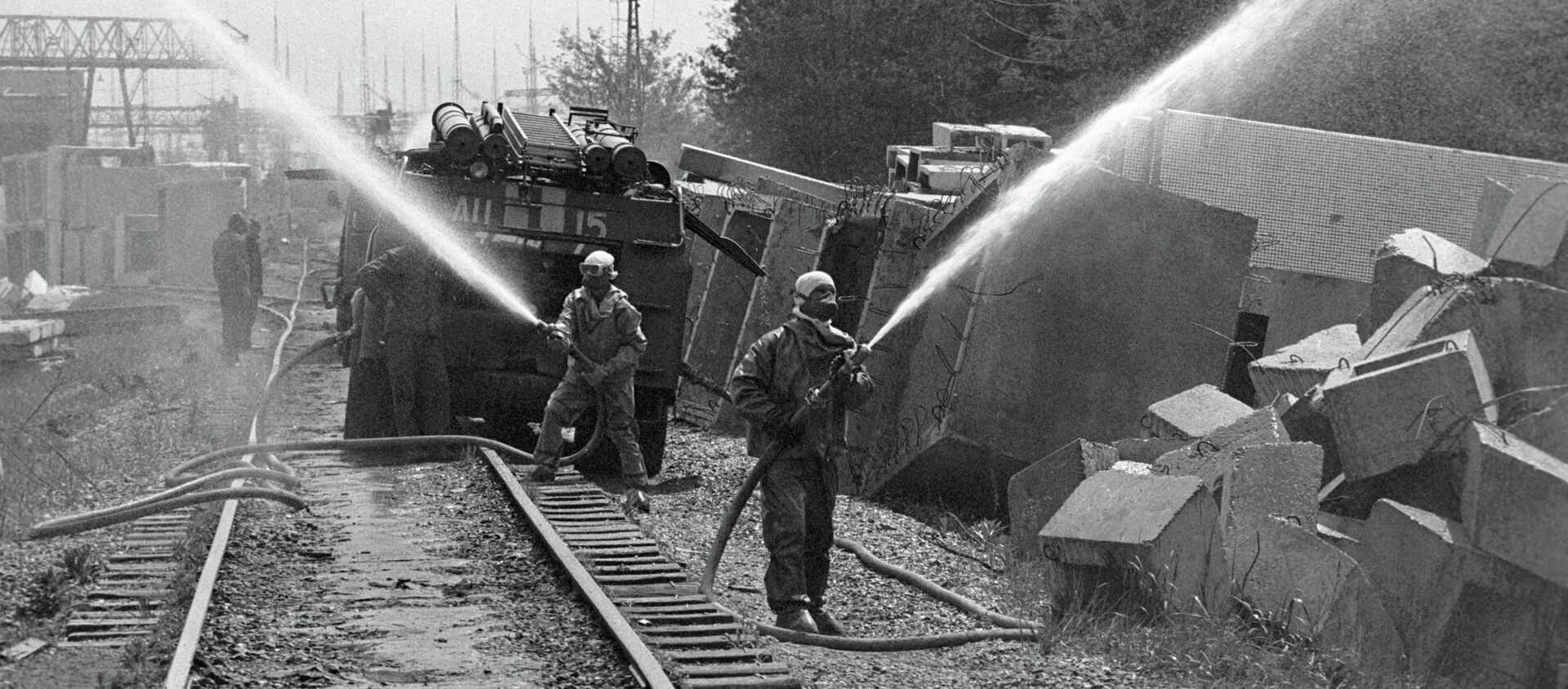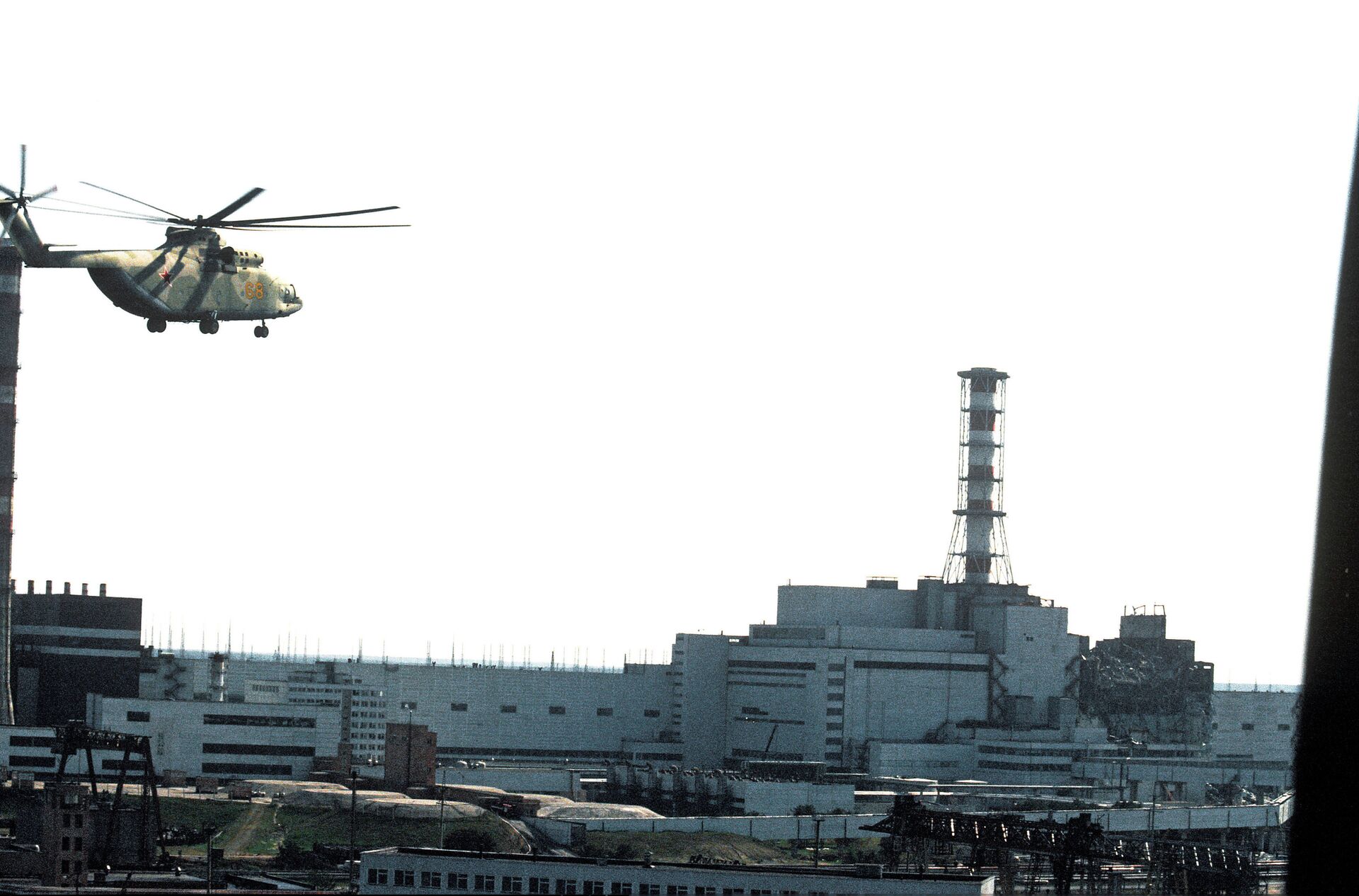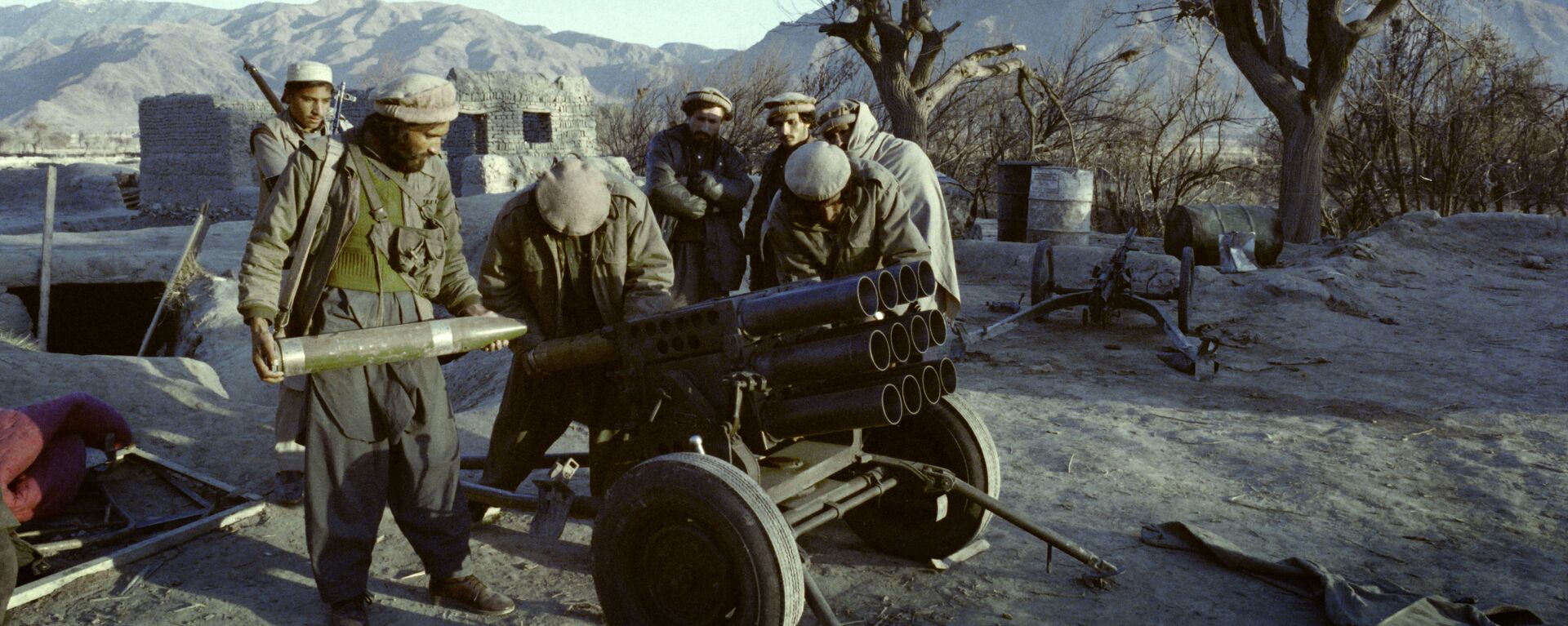On the night of 26 April, 1986, Chernobyl Nuclear Power Plant Deputy Chief Engineer Anatoly Dyatlov started the ill-fated experimental "safety test," drawing power from the plant during a simulated unplanned shutdown. The test required the shutdown of multiple computerised and manual safety systems, and other operators warned against carrying it out, but Dyatlov overruled his colleagues’ concerns and proceeded with the experiment.
Combined with hidden flaws in elements of the plant’s design, the test led to an unexpected and uncontrolled nuclear reaction and steam explosion, followed by a graphite fire at the plant’s Reactor Number 4. The reactor spewed radiation across a radius hundreds of kilometres wide, exposing hundreds of thousands of people to dangerous doses of radiation, contaminating wide swathes of southern Belarus and northern Ukraine, and eventually causing over 4,000 premature deaths from cancer and other radiation-related illnesses.
The size and sophistication of the campaign to deal with the disaster’s consequences has been compared to that of a major war. Following the evacuation of the city of Chernobyl and its surrounding environs, hundreds of thousands of troops, pilots, and specialists from across the USSR were sent to the containment area.
Soviet Army officer Boris Brilovich was one of them. Forty-one years old at the time, the resident of the city of Kalinin (now Tver, Russia) was deployed to a military encampment 30 km from the power plant two months after the disaster.
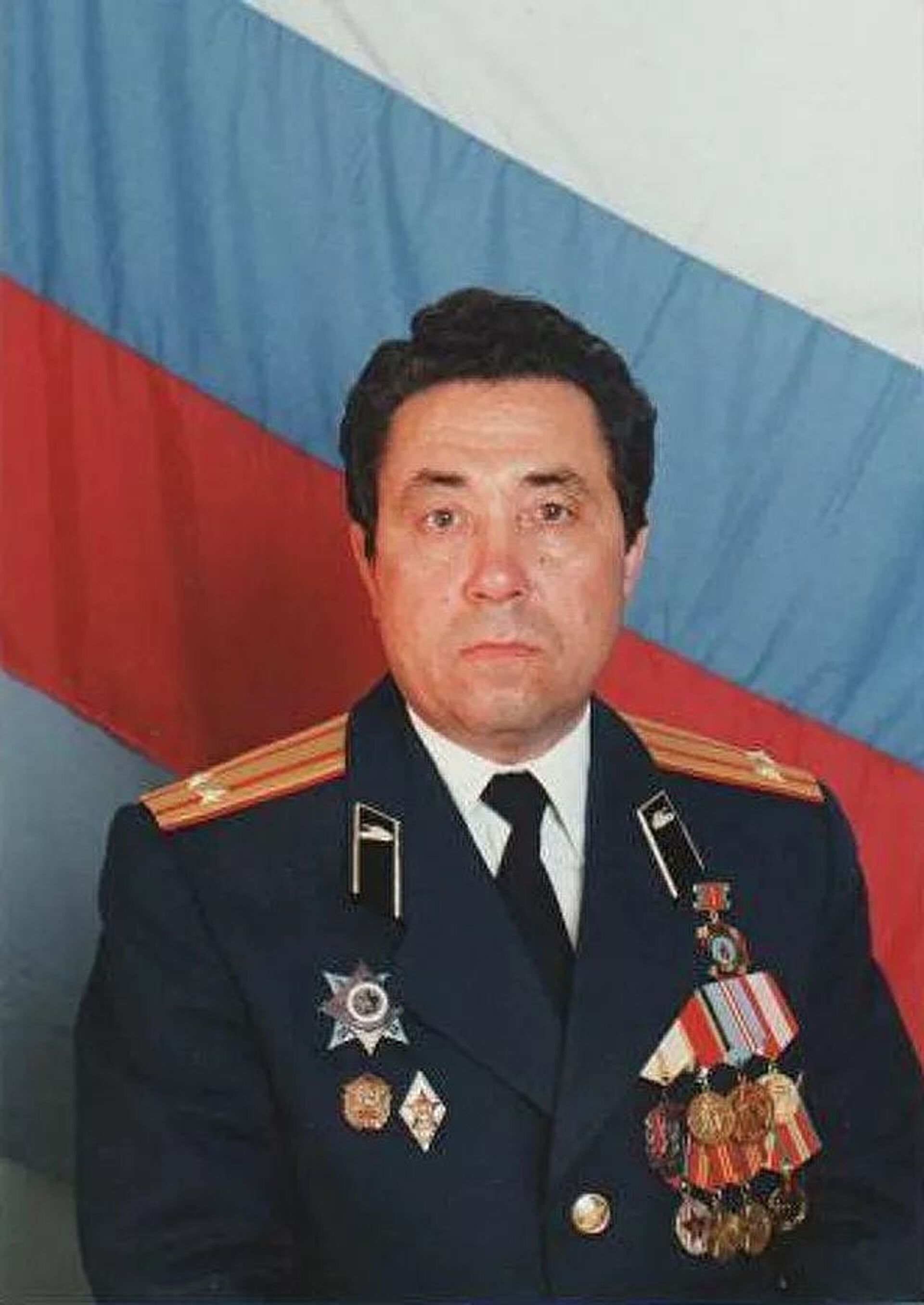
“There was a pillar with a bird’s nest,” Brilovich recalled. “A baby stork squeaked loudly inside it – the mother hadn’t appeared in a long time and most likely died. We put up a ladder and removed the chick from the nest to feed it. A reconnaissance forces chemist happened to be nearby. He held his radiation-measuring device to its feathers. The needle showed 30 roentgen. We threw the bird away in horror.”
20-100 REM, or "roentgen equivalent to man," is enough to cause a temporary reduction in white blood cells, with 100 REM or more causing mild radiation sickness, while 200 or more being potentially lethal in up to 30 percent of cases of exposure after 30 days.
The maximum radiation level established by authorities for Chernobyl liquidators was 25 roentgen, Brilovich noted, adding that “those who ‘got their 25’,” so to speak, would be sent to a hospital and then home. The soldier recalled an unpleasant encounter with a senior officer during a visit to the encampment – with the officer threatening to bring him up on charges if his subordinates received the maximum dose. Troops were obliged to wear uniforms soaked in special solutions, and to wear respirators even in the camp, in the middle of summer.
“It was very hard for them in the 30-degree heat,” he recalled.
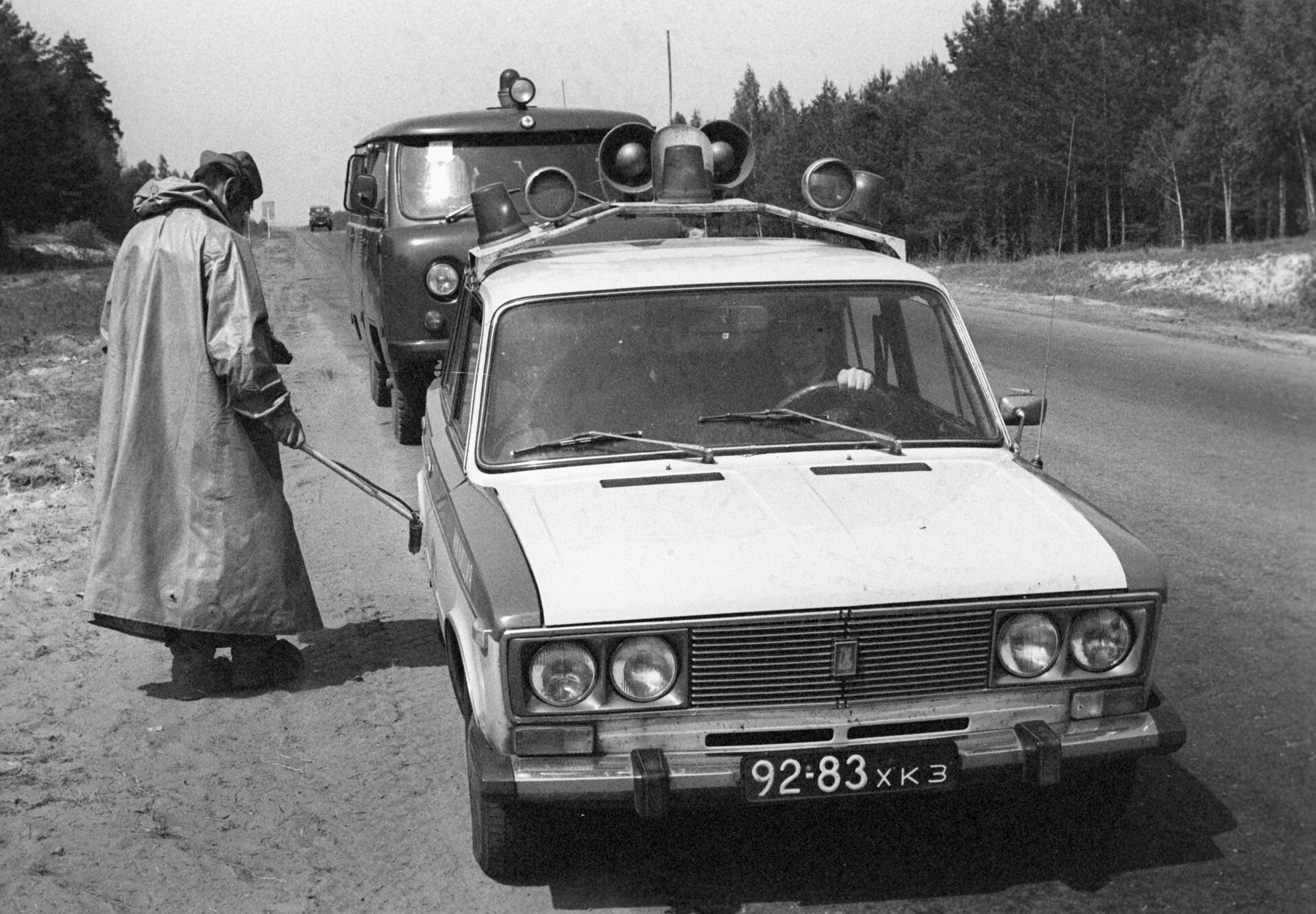
In the course of 25 days, Brilovich’s mechanised company was tasked with building seven dams along rivers and streams to prevent contaminated water from flowing into the Dnieper – the powerful river flowing through Belarus and Ukraine to the Black Sea. After that, the troops were transferred to within eight km from the damaged power station. Four engineering battalions arrived there earlier, and together formed a full-fledged regiment. They went on to erect about 40 dams, some 100 metres long.
Liquidators were nicknamed “partisans.” Besides construction, all units had to engage in other work as well, with the “short-term” work considered “the most harmful.”
The Most Dangerous Task
Before the specially built sarcophagus could cover the reactor, forces had to gather and fill the damaged reactor with the pieces of the destroyed uranium rods sintered with fragments of graphite and metal structures. “At first, no one was doing this. These pieces were just lying on the roofs and served as a deadly source of radiation,” Brilovich explained.
Attempts to use autonomous robots – both Soviet-made and imported ones, failed – with the robots unable to get over the rubble, slipping and falling off the roof, or getting their microcircuits burning out by radiation. It was then decided to shift to the use of people.
“We blasted a hole into the wall adjacent to the destroyed reactor to dump debris. After this, radiation soared to a horrendous 2,000 roentgens. A lieutenant-colonel in a special protective suit equipped with a series of measuring devices was the first to ascend to the roof. His measurements determined that liquidators could not remain there for more than three and a half minutes,” and in some areas – just 20 seconds, Brilovich recalled.
Brilovich specified that in his unit, only liquidators aged 35-45 were allowed on the roof – “those who already had children.” Conscripts and young sergeants were spared such duties, on the logic that “they had yet to become fathers.”
The roof liquidators were sent out via a signal. “One had to grab any object he could, run to within no closer than two metres of the breach, and throw it in there, then run for cover. Heavy pieces were tackled collectively or dragged on a stretcher.”
Brilovich recalled a 350 kg fragment of uranium debris laden with graphite, which proved particularly difficult to deal with. Liquidators discovered that the massive chunk had fused to nearby fence lattice after the explosion. After six attempts, the seventh brigade to run out onto the roof managed to tear it off and dump it into the destroyed reactor. All four of the men involved were given “For Valour” medals.
Each liquidator working on the roof carried an individual dosimeter in his breast pocket, with irradiation data entered into a personal card. “In our regiment, doses between 11 and 44 roentgens were recorded. Those with over 25 were immediately taken to hospital and never returned to the regiment,” Brilovich said.
The officer personally witnessed two fatal cases – both resulting from the violation of what he said was the main rule – not to show the slightest initiative.
“One of the ‘partisans’ ran up to the breach and looked into the damaged reactor. Stepping back ten paces, he fell down dead,” Brilovich said. The second case involved one of the fire school cadets and first-class athletes tasked with cleaning up the upper observation platforms – which required climbing up vertical stairs to get to.
“It was colossally difficult and dangerous work. One of the athletes decided to celebrate the end of the operation by hoisting a red flag on the site. He has awarded five thousand rubles. But he didn’t have time to spend it – he died,” the officer noted.
The Apples of Chernobyl
The disaster was wreaked havoc on the local environment and caused mutations of local flora and animal life. Brilovich recalled that in the month of August, “huge apples – the size of a medium-sized watermelons, ripened.”
“We categorically prohibited the troops from touching them. And they didn’t, until one ‘smart’ physicist and doctor of science published an article in Pravda saying that ‘we are not afraid of eating apples in Chernobyl, because getting a maximum allowable dose one would have to eat at least 300 kg.’ And my ‘partisans’ began bringing them from work by the bagful. We had to spray the apples with diesel fuel,” the officer said.
Later, gigantic mushrooms with 40 cm-wide hats began growing in the forests, with officers stamping them with their feet so make sure nobody ate them.
Brilovich spent three and a half months in the disaster area. He refused to comment on what impact his service had on his health except that it’s been “nothing pleasant.”
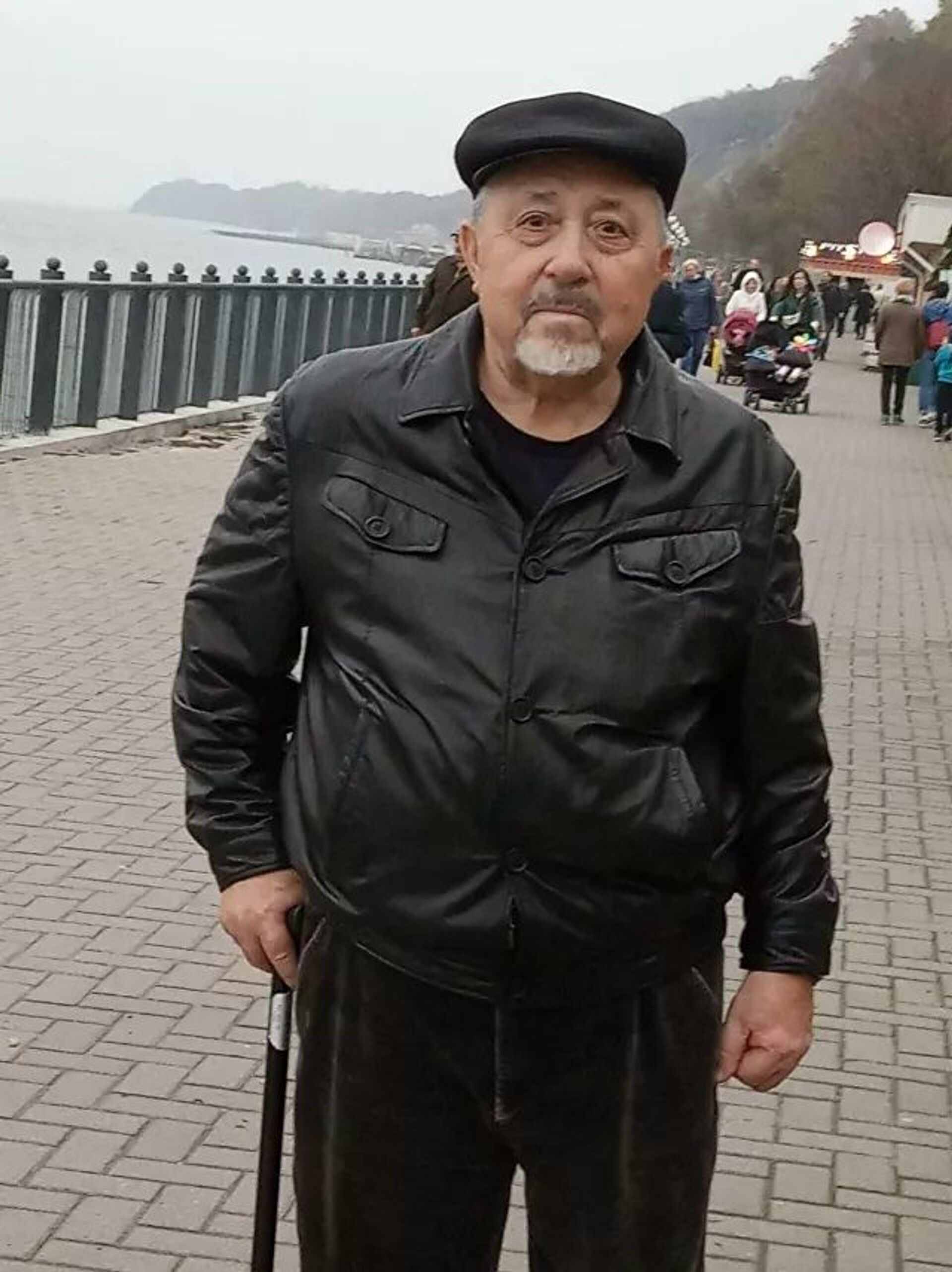
‘We Didn’t Feel Anything Right Away – These Weren’t Bullets’
Gennady Galkin is another military officer sent to Chernobyl. The pilot, 27 years old at the time of his deployment, was deployed to the disaster zone just days after the explosion took place.
“We were told that we are flying to Ukraine to put out fires. At the airport, all our Mi-6 and Mi-26 helicopters were prepared,” Galkin recalled. “We arrived in Chernigov [a city in northern Ukraine]. There were already dozens of helicopters there from the Kiev military district, as well as Aralsk, Kaunas, Georgia.”
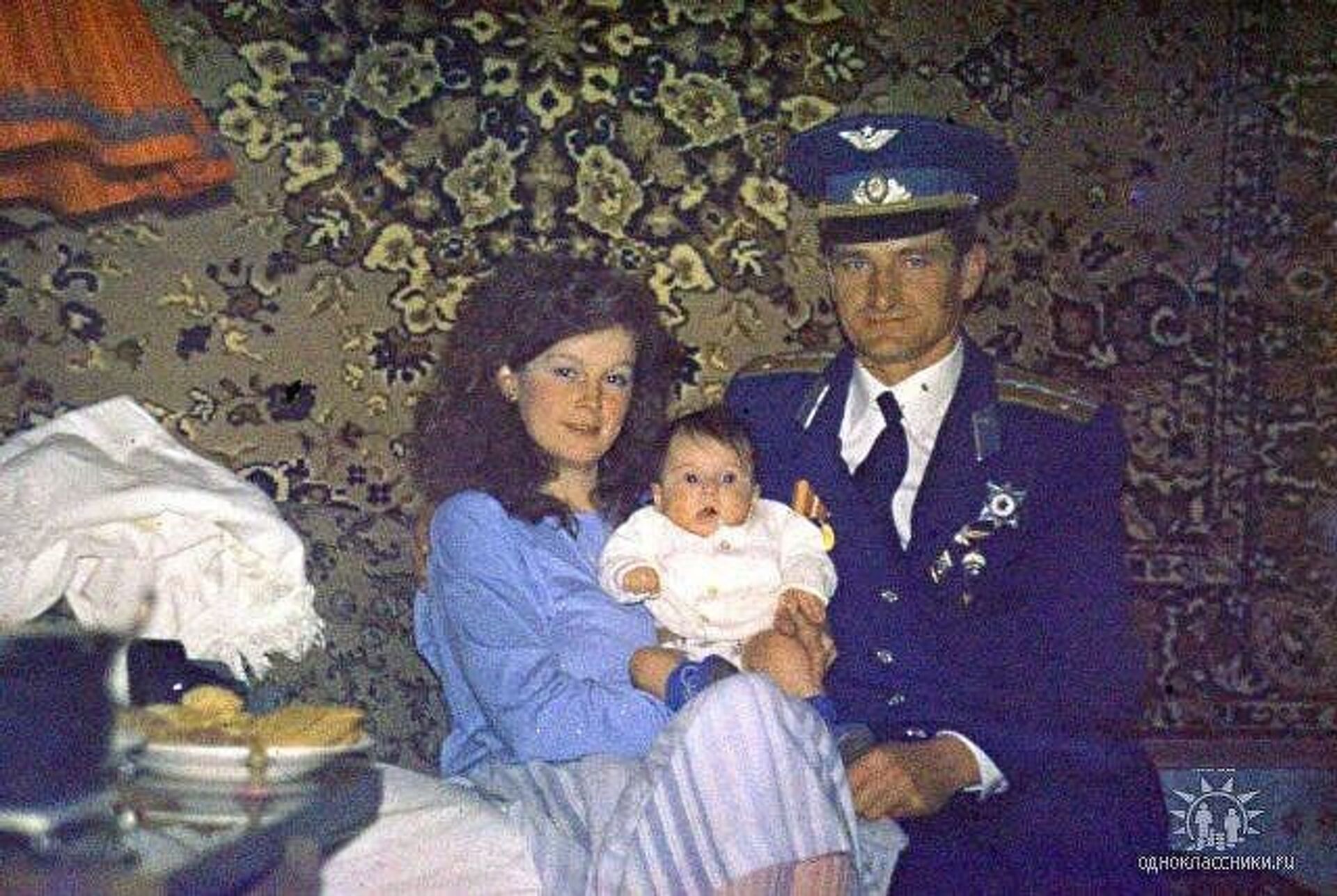
Galkin’s crew carried out its first flight on 29 April. “We poured sand mixed with lead. To do so, we had to fly at low altitude over the ruins of the damaged power unit, which emitted thousands of roentgens. In principle, we knew about the high levels of radiation. Our onboard dosimeter was off the scale. But we didn’t feel anything right away. These weren’t bullets.”
The pilot recalled that after a couple of days, a chemical unit reconnaissance helicopter arrived, and it was reported that radiation was in the scale of 1,800-2,300 roentgens. “I felt uneasy. I was young, I had just gotten married,” Galkin said.
In the first days after the disaster, helicopters flew over the damaged reactor in a continuous stream. “We flew to the quarry – there, ‘partisans’ threw bags of sand into parachutes and tied them with slings to the helicopters’ external suspension locks. We descended toward the reactor from a height of 700 metres, dropping to 200 metres or below on command from ground control and throwing these bags into the crater,” the pilot said.
During the descent, temperatures inside helicopters’ cabins would rise to up to 80 degrees of suffocating heat. Pilots did not have personal protective equipment, with lead sheets laid out on the cabin floor to provide at least some protection.
“In the evenings, our hands and faces were burning, we felt sick and vomited,” Galkin recalled.
The deployment lasted 10 days.
“Those who were irradiated above the maximum accepted level were sent by plane to hospital in Moscow. In our group everyone was rated as about 25 roentgens. We returned to Torzhok,” the officer said.
According to Galkin, the ten days he spent in Chernobyl ruined his life plans. “I won’t mention the ailments, but at 37 years old I was grounded, and a year later sent into retirement – like a ballerina,” he said. “I dreamed about having many children, but had only one – a daughter.”
Galkin says from his aircrew, only one other pilot is still alive. “I didn’t think I would bury our commander. He didn’t drink, didn’t smoke, and seemed healthy. And suddenly – a brain tumour.”
In the weeks after the disaster, the deployment of helicopters to dump sand-lead mixtures onto the reactor was eventually halted after it was discovered that doing so raised deadly quantities of radioactive dust.
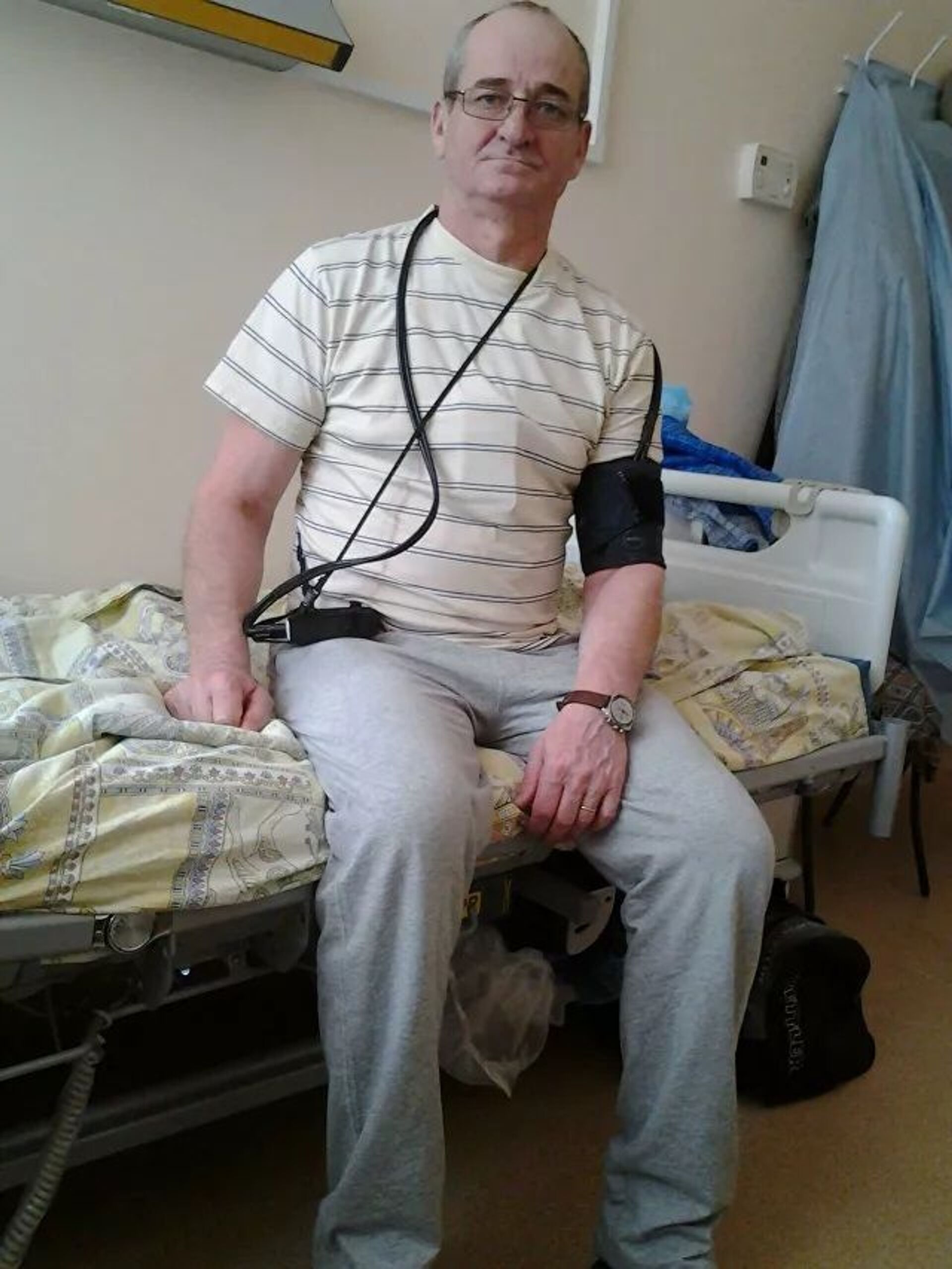
Discipline and Prohibition
Yuri Fedorov is another officer deployed to Chernobyl. Forty at the time of his deployment, he served as a political instructor in an artillery training unit. Shortly before New Year 1987, he was asked to replace a colleague in a chemical protection brigade stationed near Pripyat. “By December 1986 the liquidation was going on for over six months. They had completed the construction of the sarcophagus. I thought it was all over. But it turns out I was wrong,” he said.
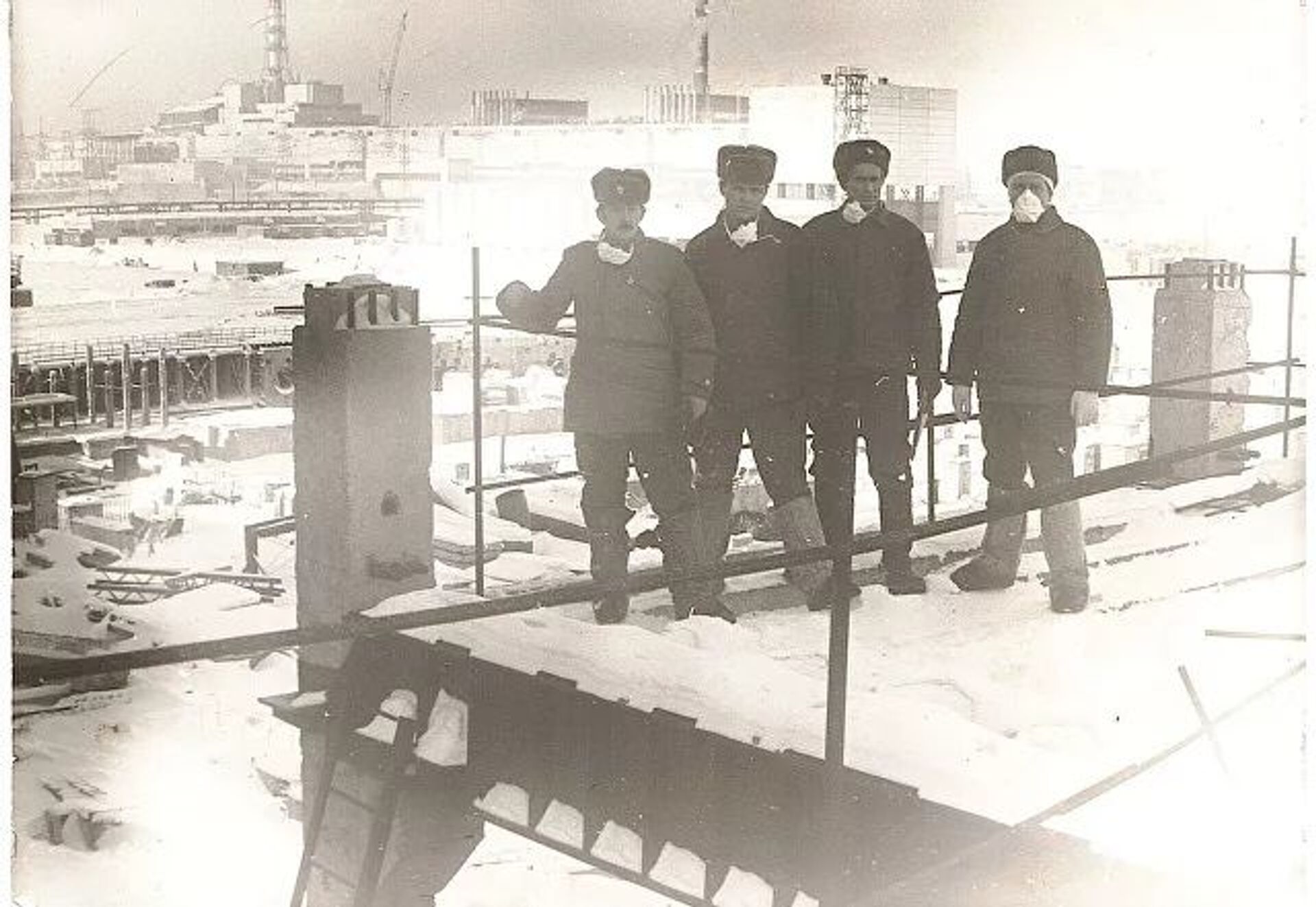
Fedorov arrived in a camp in the village of Oranoe, 40 km from the plant on 18 December 1986. The camp contained some 2,500 servicemen.
“In American movies they showed us being delivered alcohol by the crateful,” Fedorov said, referring to the HBO hit series. “This is all just a fable. Strict discipline and prohibition reigned at the camp,” he said.
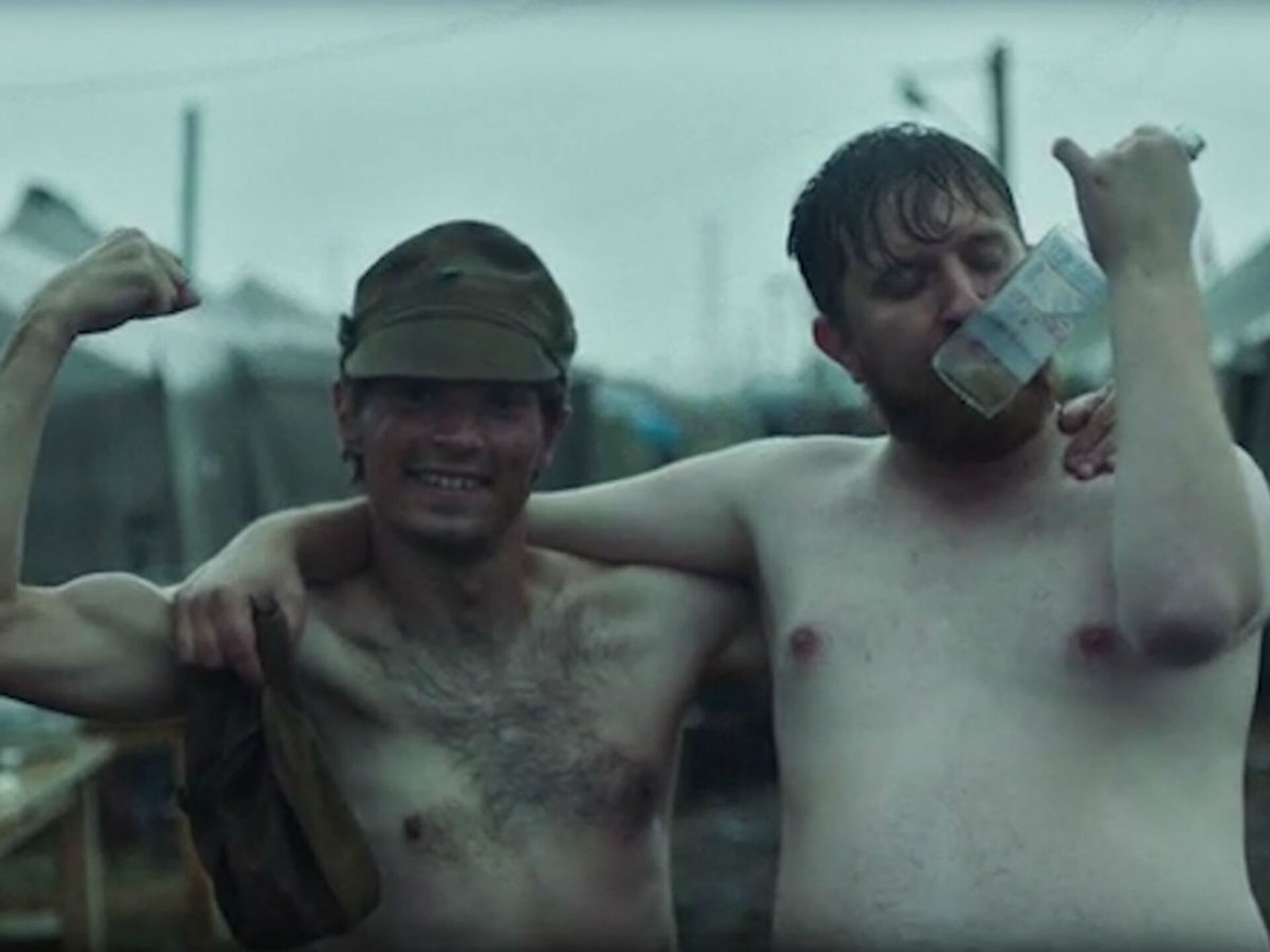
Fedorov spent the vast majority of his 60-day deployment at the plant itself.
“We washed radiation from the streets using a special anti-radiation mixture, and indoors with mops and rags. We removed topsoil with shovels, loaded it into vehicles and took it to special burial grounds. Equipment, like people, was checked with dosimeters,” he recalled.
Nobody complained about the work, Fedorov said. “I remember the troops would say that everyone was stuck with their own war. For some it was the Great Patriotic War [WWII on the Eastern Front], for others Afghanistan, and for others Chernobyl. And for some two at once.”
Fedorov added that the exclusion zone was also home to some illegal activity. “In Chernobyl, we saw a "to some war is hell, to others, a kindly mother" phenomenon. Some would engage in marauding, somewhere meat supplies meant for liquidators would be sold on the side. Pepsi, mineral water delivered for free would be sold right at the store on base. Some ran around barbed wire where people had left their vehicles, took them apart for spare parts, washed them with a special solution. We would catch those.”
Nevertheless, Fedorov maintained that these were isolated cases, and that for the most part, everyone honestly carried out their duty.
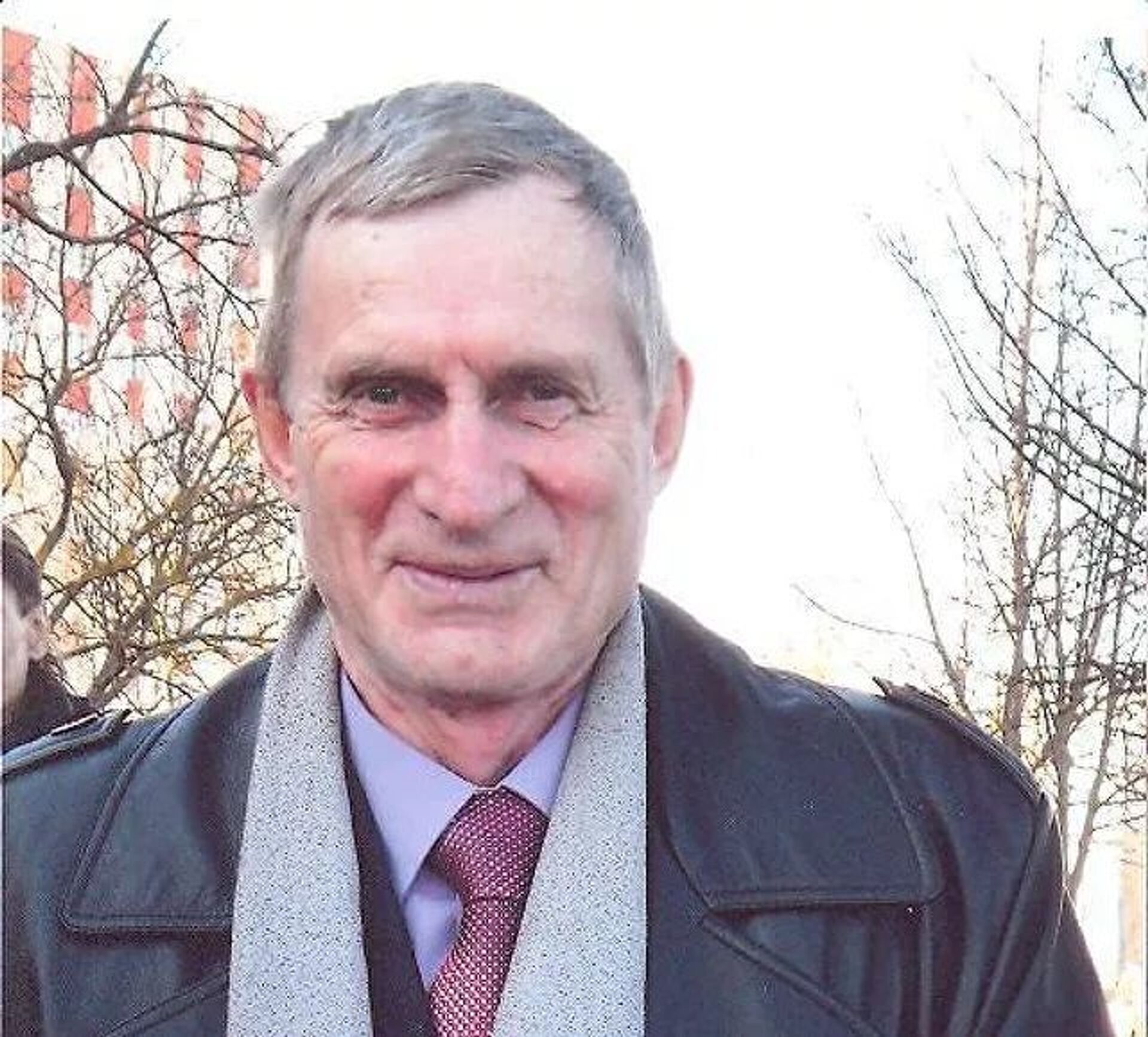
Over 600,000 Soviet troops, scientists, coal miners, and specialists of various other professions would end up taking part in the Chernobyl cleanup operation and being granted liquidator status. Their work continued over four years. The USSR spent some 18 billion rubles – equivalent to about $68 billion in today’s money, dealing with the consequences of the disaster, with its economic impact continuing to be felt across much of southern Belarus and northern Ukraine.

